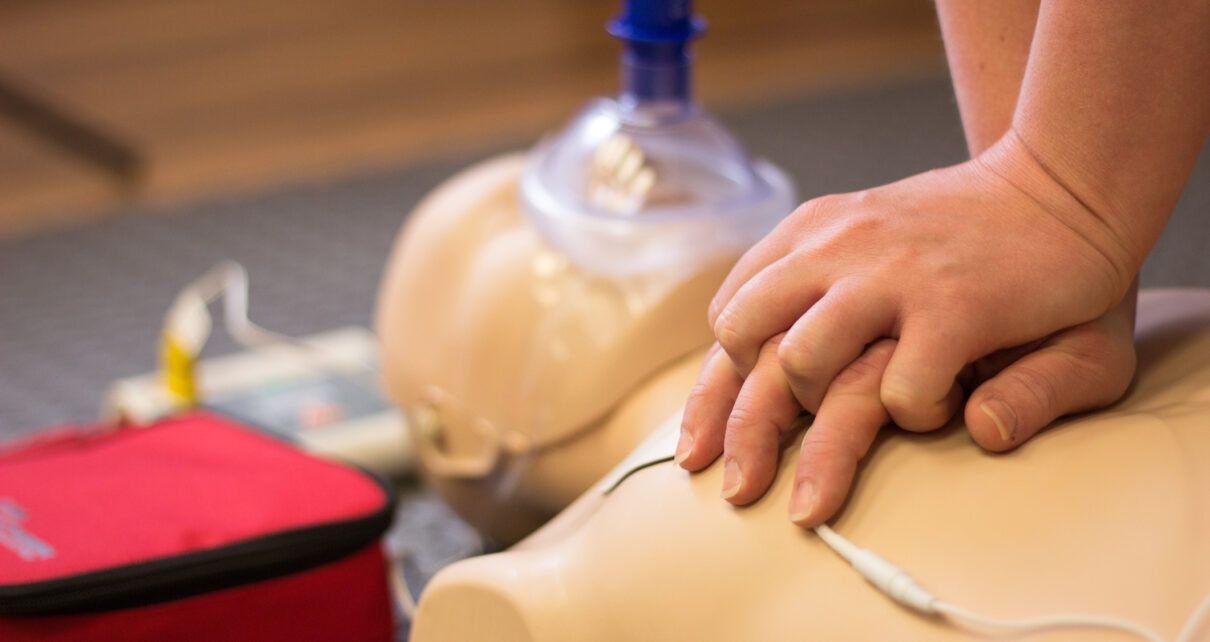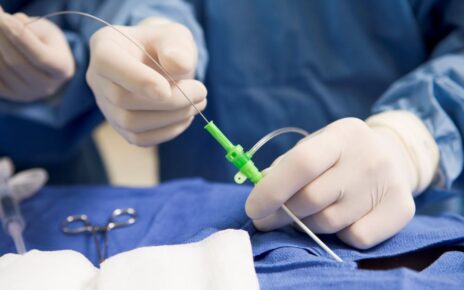Cardiopulmonary Resuscitation (CPR) is more than just a series of well-timed actions—it’s a symphony of science, a blend of understanding and application. While performing CPR can indeed save lives, truly understanding the science behind it can enhance its efficacy manifold. At CPR Certification Now, they believe in empowering individuals not only with the ‘how’ of CPR but also the ‘why.’ Delving deep into the scientific principles behind each action, their courses provide learners with an education that’s comprehensive and grounded in medical science.
The Heart’s Symphony: Understanding the Basics
Before diving into CPR’s intricacies, one must first understand the heart’s rhythm. This vital organ is not just a biological pump but a meticulously coordinated system that relies on electrical impulses to maintain its beat. CPR Certification Now’s courses demystify the heart’s workings, laying a strong foundation for trainees. By grasping the heart’s normal functioning, one is better equipped to identify and respond when things go awry.
Resuscitation Science: Breathing Life into Cells
Every cell in our body needs oxygen to survive, and it’s the heart and lungs’ collective responsibility to ensure this supply remains uninterrupted. CPR, in essence, is an artificial means to maintain this flow in crisis moments. Through their courses, CPR Certification Now elucidates the cellular need for oxygen, the consequences of its deprivation, and how effective CPR can act as a bridge, buying precious time until medical help arrives.
The Mechanics of Chest Compressions
Why is the depth of compression crucial? Why is the placement of hands so specific? The courses at cprcertificationnow.com don’t just instruct but explain. Delving into human anatomy, they shed light on how specific compressions effectively act on the heart, how they help circulate blood, and why maintaining the correct rhythm can make a world of difference. With this knowledge, the act of performing CPR becomes more precise, guided by understanding rather than mere memory.
Breaths that Revive: The Role of Ventilation
While chest compressions circulate blood, it’s essential to ensure that this blood is oxygen-rich. The courses introduce trainees to the science of ventilation—why it’s essential, how it supports the body during cardiac arrest, and the correct techniques to maximize its efficiency. By understanding the physiology of breathing and the role of oxygen in revival, trainees can better appreciate the importance of effective ventilation during CPR.
Adapting to Situations: The Science of Varied Responses
Not all emergencies are the same. An adult in cardiac arrest may require a different approach than a drowning child. CPR Certification Now’s in-depth courses discuss the varied physiological responses in different scenarios. By understanding factors like water’s impact on lungs or the unique physiology of infants, trainees are better equipped to adapt their CPR techniques according to the situation.
Empowering Through Knowledge
Knowledge is empowerment, and in the context of CPR, it can be life-saving. By understanding the scientific principles behind each action, trainees transform from mere practitioners to informed responders. At CPR Certification Now, the commitment is clear: equip each individual with knowledge that’s not just in-depth but actionable. Because when you understand the ‘why,’ the ‘how’ becomes second nature.





